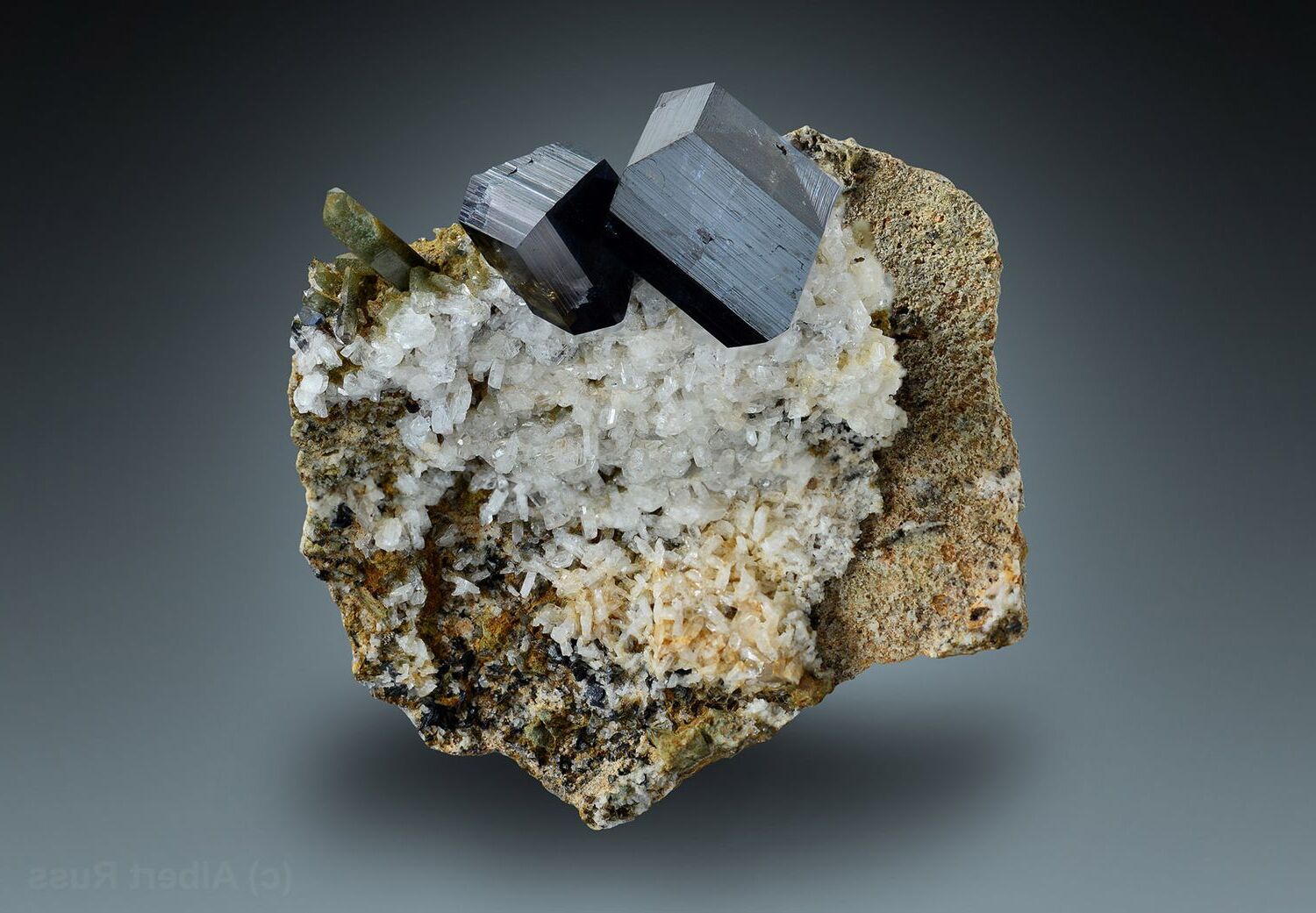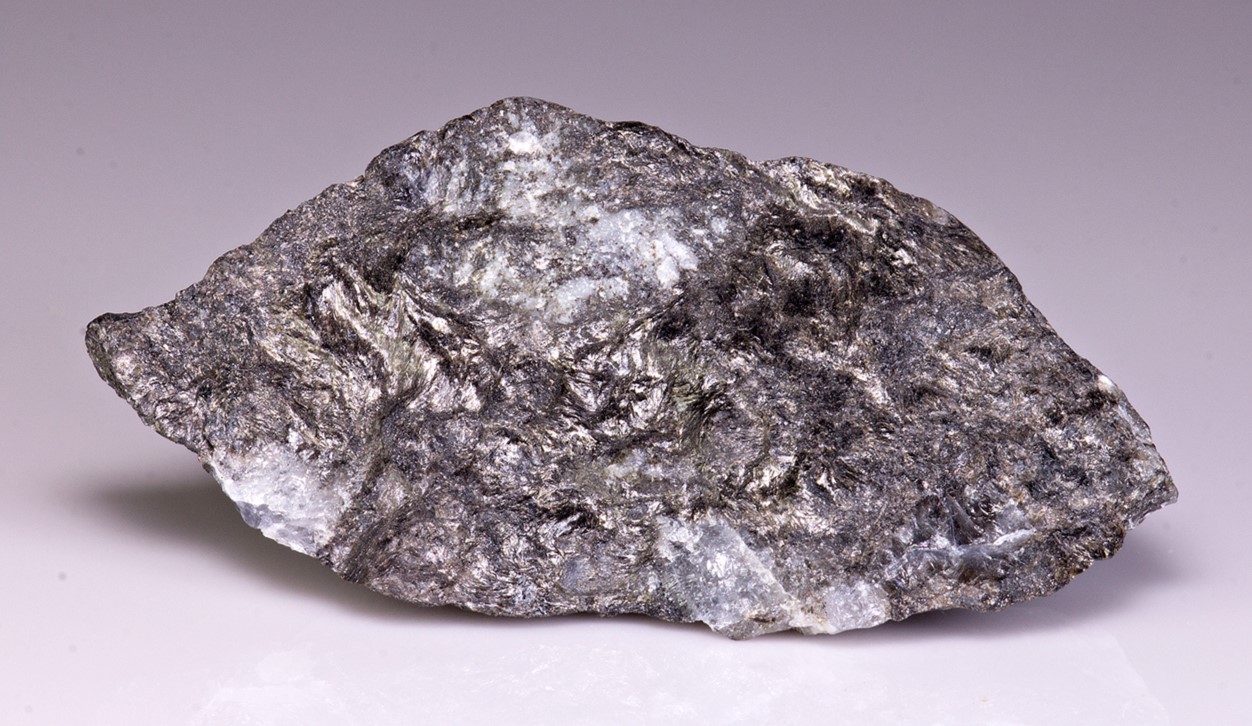
What is Anatase? Anatase is a captivating mineral that stands out due to its unique properties and stunning appearance. As one of the five naturally occurring forms of titanium dioxide (TiO2), it crystallizes in the tetragonal system, giving it a distinctive shape. Found mainly in Alpine environments, anatase can display a variety of colors, from dark blue and black to honey yellow and orange. Its rarity and aesthetic appeal make it a favorite among mineral collectors. Beyond its beauty, anatase has practical uses in industries, particularly as a pigment and in advanced materials. Whether you're a collector or just curious, anatase offers a fascinating glimpse into the world of minerals.
Key Takeaways:
- Anatase, a unique form of titanium dioxide, is found in Alpine environments and has a range of colors from dark blue to honey yellow. It's valued for its metaphysical properties and industrial uses like pigment production.
- This rare and sought-after mineral, anatase, has fascinating crystal forms and habits, making it popular among collectors. It's also used in advanced applications like quantum dots and environmental remediation processes.
What is Anatase?
Anatase is a fascinating mineral with a rich history and unique properties. Let's dive into some intriguing facts about this naturally occurring form of titanium dioxide.
-
Definition: Anatase is one of the five naturally occurring forms of titanium dioxide (TiO2), known for its unique properties and aesthetic appeal.
-
Crystal Structure: It crystallizes in the tetragonal crystal system, giving it characteristic elongated and dipyramidal crystal habits.
Where is Anatase Found?
Anatase can be found in various environments and locations around the world. Here are some notable facts about its occurrence.
-
Occurrence: Primarily found in Alpine environments, particularly in quartz veins and cavities within metamorphosed schists and gneisses.
-
Type Locality: The type locality of anatase is St. Christophe, Bourg-d'Oisans, Isère, France, where it was first discovered and described.
-
Varieties: Includes Gel-Anatase, Niobium-bearing Anatase, and Xanthitane, each with distinct characteristics.
Physical Properties of Anatase
Anatase's physical properties make it a unique and valuable mineral. Let's explore these properties in detail.
-
Colors: Displays a range of colors including dark blue, navy blue, black, reddish-brown, brown, honey yellow, and orange. Rarely, it can appear red, green, or gray.
-
Transparency: Typically transparent to translucent.
-
Specific Gravity: Has a specific gravity of 3.8-3.9.
-
Luster: Exhibits an adamantine to submetallic luster.
-
Hardness: Ranges from 5.5-6 on the Mohs scale.
Unique Crystal Forms and Habits
Anatase crystals come in various shapes and forms, making them highly prized among collectors.
-
Crystal Forms: Can form in shapes like steeply formed dipyramidal crystals, clusters, pseudo-octahedral, tabular, scepter-formed habits, and rounded waterworn crystals.
-
Cleavage and Fracture: Exhibits cleavage in one direction and has a subconchoidal fracture.
-
Streak: Leaves a white streak when powdered.
Global Occurrence of Anatase
Anatase is found in many regions around the world. Here are some notable localities.
-
Switzerland: Large crystals from Binn, Valais, and Cavradi, Tavetsch, and Graubunden.
-
Norway: Fine crystals from Hardangervidda, Ullensvang; Slidre, Valdres; and Gudbrandsdalen.
-
England: Found in the Virtuous Lady Mine, Devonshire.
-
Wales: Found in Fron Oleu, near Tremadog, Gwynedd.
-
Russia: Found in the Lapcha Mine and Dodo Mine in Tyumen Oblast.
-
USA: Found in many localities including Burke Co., North Carolina; Buckingham Co., Virginia; Quincy, Norfolk Co., Massachusetts; Placerville, Eldorado Co., California.
-
Canada: Found in Sherbrooke Township, Nova Scotia, and Henvey Township, Ontario.
-
Brazil: Found in several carbonatite deposits in Minas Gerais and Paraná.
Industrial and Metaphysical Uses
Anatase is not just a pretty mineral; it has practical and metaphysical uses too.
-
Industrial Uses: Primarily used as a pigment due to its white color. Also used in advanced materials like quantum dots and in industrial applications such as coatings and pigments.
-
Metaphysical Properties: Believed to help balance the chakra system, promote spiritual clarity, and enhance emotional stability. Used as an aid for meditation.
-
Zodiac Birthstone: Black anatase is a zodiac birthstone for Scorpio.
Rarity and Collectibility
Anatase's rarity and unique growth habits make it a sought-after mineral.
-
Rarity: Relatively rare, contributing to its high value among collectors and industrial users.
-
Unique Growth Habits: Often displays unusual growth habits such as oblique striations and accordion-like formations.
Scientific and Historical Significance
Anatase has been studied extensively for its unique properties and historical significance.
-
Polymorphism: Polymorphous with rutile and brookite, meaning it can transform into these other forms under different conditions.
-
Pseudomorphs: Often forms pseudomorphs after other minerals like rutile and titanite.
-
Health Risks: No known health risks associated with anatase, but it's essential to handle mineral specimens with care.
-
Thermal Behavior: Infusible before the blowpipe and does not dissolve in acids.
-
Fluorescence: Not fluorescent, distinguishing it from other minerals that exhibit fluorescence under ultraviolet light.
Common Associates and Processing
Anatase is often found with other minerals and requires specific processing techniques for industrial use.
-
Common Associates: Commonly associated with minerals like quartz, rutile, albite, brookite, chlorite group, adularia, clinochlore, pyrite, calcite, and hematite.
-
Processing for Pigment Production: Ores containing 25–35 wt% TiO2 are processed using techniques like crushing and grinding, classification, magnetic separation, and flotation.
Advanced Applications and Popularity
Anatase's unique properties make it suitable for advanced applications and popular among collectors.
-
Unique Applications: High refractive index and wide bandgap make it suitable for advanced applications like quantum dots. Its photocatalytic activity is useful in environmental remediation processes.
-
Popularity Among Collectors: Highly prized due to its aesthetic appeal and rarity. Unique crystal habits and colors make it an attractive addition to any mineral collection.
Final Thoughts on Anatase
Anatase, a fascinating form of titanium dioxide, stands out with its unique crystal structure and varied colors. Found in Alpine environments and placer deposits, this mineral's tetragonal crystals and distinctive luster make it a collector's favorite. Its industrial uses range from pigments to advanced materials like quantum dots. Metaphysically, black anatase is valued for its chakra-balancing properties and is a birthstone for Scorpio. Despite its rarity, anatase's photocatalytic activity and high refractive index offer significant scientific interest. With notable localities worldwide, from France to Brazil, anatase continues to captivate both scientists and enthusiasts. Whether you're drawn to its aesthetic appeal, industrial applications, or metaphysical properties, anatase remains a mineral of immense value and intrigue.
Frequently Asked Questions
Was this page helpful?
Our commitment to delivering trustworthy and engaging content is at the heart of what we do. Each fact on our site is contributed by real users like you, bringing a wealth of diverse insights and information. To ensure the highest standards of accuracy and reliability, our dedicated editors meticulously review each submission. This process guarantees that the facts we share are not only fascinating but also credible. Trust in our commitment to quality and authenticity as you explore and learn with us.


